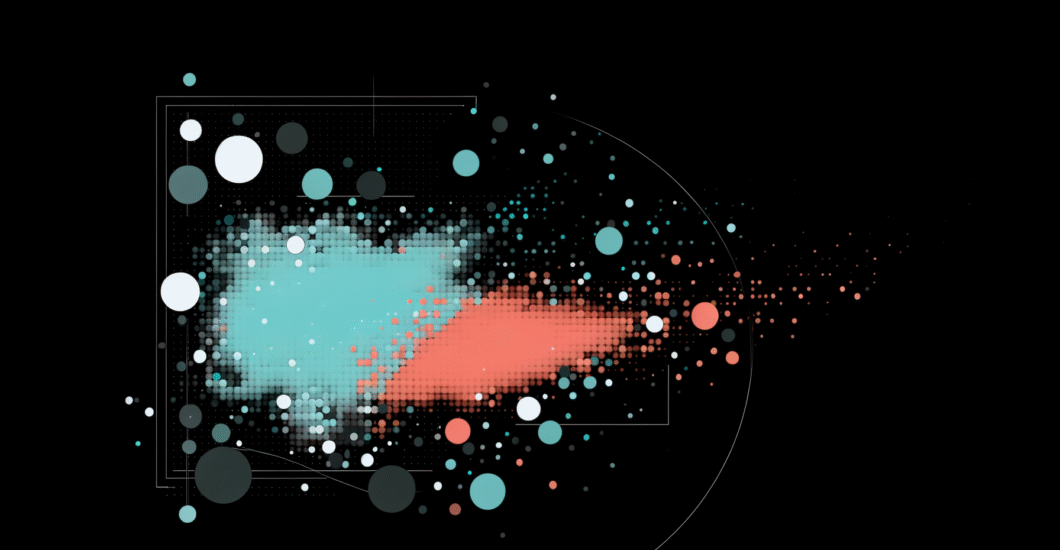AI-powered tools exploiting zero-day vulnerabilities in minutes? Discover how this reality reshapes cybersecurity forever. What can organizations do right now to defend?
Table of Contents
- What Is a Zero-Day Vulnerability and Why Does It Matter?
- How AI Is Transforming Zero-Day Exploitation
- The Global Consequences: Critical Sectors on the Frontline
- Defensive AI: The Double-Edged Sword
- Why Zero-Day Exploits Are More Dangerous Than Ever
- Charting a Path Forward: Practical Takeaways for Organizations
- Conclusion: The AI Cybersecurity Arms Race is Here
What Is a Zero-Day Vulnerability and Why Does It Matter?
Before diving into the AI twist, let’s quickly recap what zero-day vulnerabilities are. These are software flaws unknown to the vendor or public at large—meaning there’s no patch or fix available. Historically, once these vulnerabilities were discovered, ethical hackers or researchers would notify companies, allowing patches to be developed over days or weeks. Attackers, however, could exploit that window of vulnerability to infiltrate systems undetected.
The problem? AI hacking tools are now turbocharging this process. What took human experts days—sometimes weeks—to research and weaponize can now be automated and executed in mere minutes.
How AI Is Transforming Zero-Day Exploitation
According to AI Certs, Checkpoint, and Sangfor, AI-powered hacking tools alter the landscape in four pivotal ways:
1. Speed and Scale: The Flash Attack
AI-driven systems automate traditionally time-consuming tasks like vulnerability scanning, payload crafting, and attack execution. The HexStrike-AI tool exemplifies this, scanning and exploiting vulnerabilities such as the notorious CVE-2025-7775 in less than 10 minutes—a feat that used to require expert hackers deploying substantial manual effort.
Moreover, AI can parallelize these scans across thousands of IP addresses. It rapidly learns from failed exploit attempts and pivots, dramatically increasing exploitation success and outpacing human speed by orders of magnitude.
2. Prediction and Targeting: Hunting the Unknown
Thanks to advanced machine learning models, AI can predict where undiscovered vulnerabilities likely exist within complex codebases—essentially fishing for weaknesses before anyone else opens the net. Once a potential zero-day is flagged, the system quickly generates and deploys exploit code. This shift empowers attackers to be proactive hunters rather than reactive scavengers, as highlighted in Sangfor’s report.
3. Adaptive Attacks: Learning on the Fly
AI systems are no longer rigid; they evolve mid-attack. When defenses respond or initial exploit attempts fail, AI-powered tools dynamically refine their strategies. This adaptive approach heightens attack persistence and effectiveness, akin to having a hacker who learns and improves after every move—a concept detailed extensively in Checkpoint’s expert analysis.
4. Opportunistic Monetization: Cybercrime Goes Commercial
These zero-day exploits don’t just stop at successful breaches. Attackers bundle compromised system access and exploit kits into “products” traded on underground marketplaces at scale. This commercialization exponentially expands AI-driven cybercrime’s reach and profitability, as reported in BleepingComputer and Checkpoint’s insights.
The Global Consequences: Critical Sectors on the Frontline
The speed and volume of these AI-enhanced attacks pose unprecedented risks, particularly for sectors where data integrity and system uptime are mission-critical.
- **Finance:** Banks and financial institutions face a surge in zero-day exploits that could compromise confidential data or disrupt transactions, imperiling market stability.
- **Healthcare:** Hospitals and medical devices, already vulnerable to cyberattacks, may now be targeted more frequently with AI-driven precision, placing patient safety at risk.
- **Infrastructure:** Utilities and essential services, often protected by legacy systems once seen as “low-risk,” can be compromised faster than patches are rolled out.
- **Government:** National security initiatives and sensitive governmental operations encounter new, automated threats that can outmaneuver current defense protocols.
In fact, researchers estimate a staggering 300% increase in automated AI-driven cyberattacks over the next five years (AI Certs).
This urgency means zero-day vulnerabilities shift from rare exploits to persistent, looming threats constantly churned out by AI algorithms.
Defensive AI: The Double-Edged Sword
It’s not all doom and gloom. The cybersecurity community isn’t standing still. Defense strategies have evolved in tandem:
- Real-time anomaly detection uses AI to spot suspicious network behaviors immediately when they occur, potentially catching zero-day exploits in the act (AI Certs, Sangfor).
- Predictive analytics anticipate where attacks might occur, guiding teams to prioritize fixes and monitoring in vulnerable areas.
- Self-healing systems automatically patch or neutralize vulnerabilities once identified or exploited, slashing reaction times far below traditional manual processes (AI Certs).
Nevertheless, defenders often feel they are “playing catch-up,” with attackers wielding AI’s agility and freedom of operation to innovate faster than security teams can respond.
Oracle’s modern reality means certifications and upskilling programs in AI-driven cybersecurity are more essential than ever to equip specialists with the skills to outpace AI-powered threats (AI Certs).
Why Zero-Day Exploits Are More Dangerous Than Ever
Traditional incident response models—detection, patching, mitigation—rely on a window of vulnerability exposure measured in days or weeks. AI-driven zero-day exploitation has shrunk this window to minutes.
The immediate challenge is pressure on software vendors and security teams to pre-emptively identify and address unknown vulnerabilities before attackers strike. This urgency is documented by security researchers at Kaspersky and Checkpoint.
The result: organizations must rethink security architecture from static defenses to adaptive, constantly learning systems that anticipate attacks rather than merely respond.
Charting a Path Forward: Practical Takeaways for Organizations
What can security teams and business leaders do to adapt to this high-stakes AI arms race? Here are actionable insights drawn from the latest expert research:
- 1. Invest in AI-Powered Defense Technologies
Deploy next-generation AI security tools capable of real-time threat intelligence, anomaly detection, and automated patching. Adaptive security frameworks that evolve based on attack patterns are more critical than ever. - 2. Conduct Continuous, AI-Assisted Vulnerability Management
Embrace AI in internal vulnerability scanning and threat hunting to predict and pre-empt possible zero-day exploit points in your own infrastructure. Don’t wait for public disclosures; work proactively. - 3. Prioritize Cross-Industry Collaboration
Information sharing between industries, governments, and cybersecurity firms can accelerate identification of emerging zero-day threats and strengthen collective defenses, as underscored by analysts at Sangfor. - 4. Upskill Security Teams
Encourage and support continuous training in AI-enabled cybersecurity techniques. Equip your workforce to understand both offensive AI capabilities and defensive countermeasures. - 5. Adopt Agile Incident Response Protocols
Traditional, rigid response playbooks must evolve to flexible, AI-integrated approaches that can react within minutes rather than hours or days. - 6. Embed Ethical AI Governance
As AI cyber offense grows, so too must frameworks guiding the ethical development and deployment of AI to prevent misuse and guide legal repercussions.
Conclusion: The AI Cybersecurity Arms Race is Here
The rise of AI hacking tools capable of exploiting zero-day vulnerabilities in mere minutes is a wake-up call for every organization invested in digital security. As attackers harness automation, predictive power, and adaptability to outpace defenses, the cybersecurity landscape demands not just rapid innovation but wholesale reinvention.
At VALIDIUM, we recognize that dynamic, adaptive AI isn’t just an advantage—it’s a necessity for navigating these turbulent new waters. We invite you to explore how our AI-driven solutions can empower your security operations to stay one step ahead in this accelerated arms race.
Protect your future today. Connect with us on LinkedIn to learn more about leveraging adaptive AI for next-generation cybersecurity.


